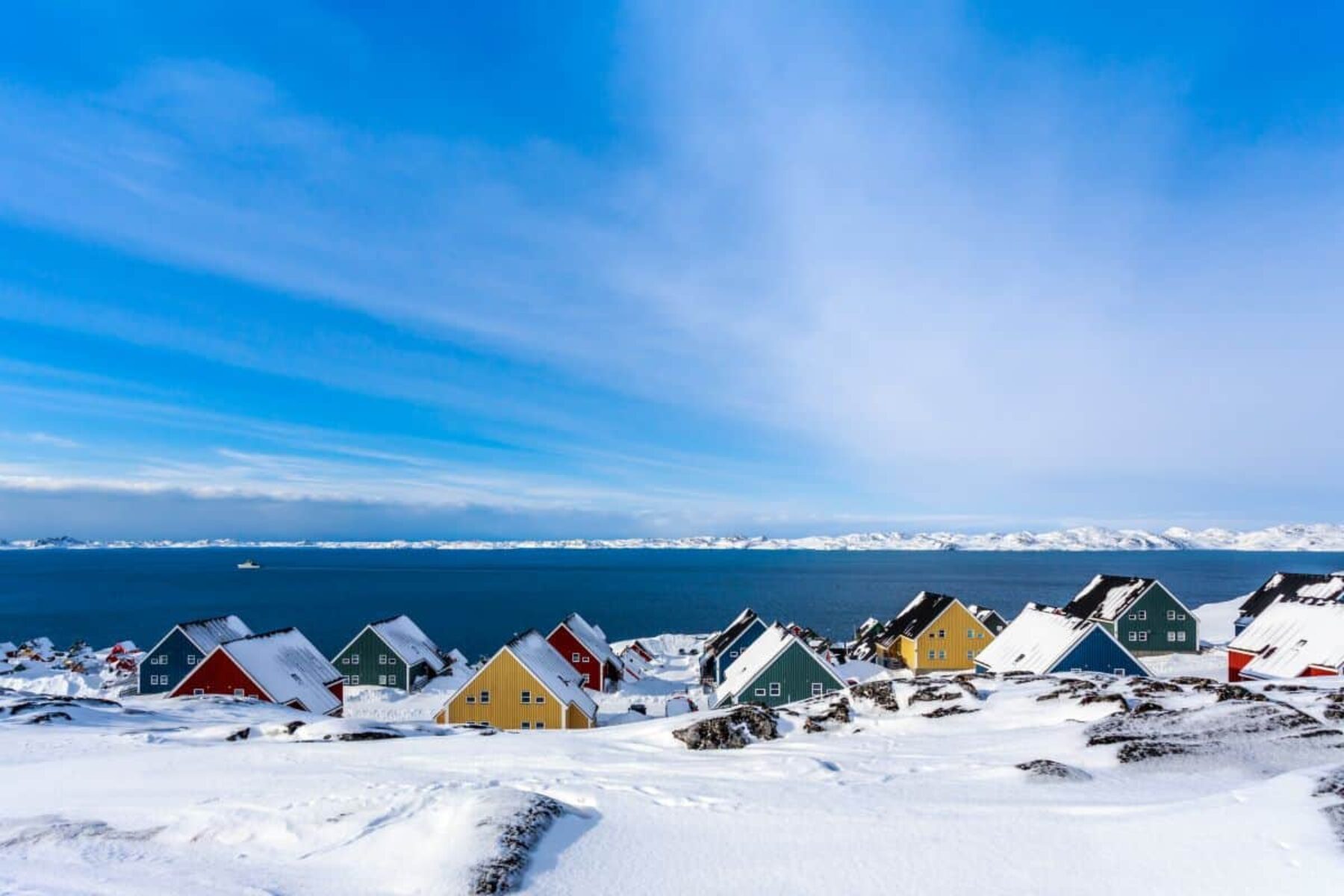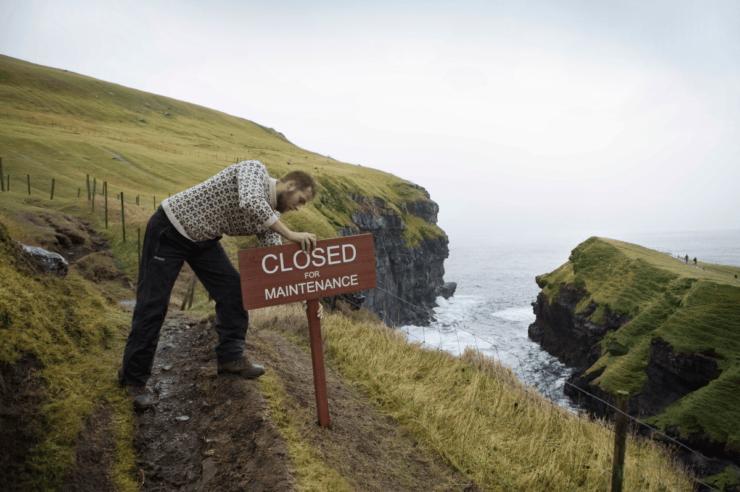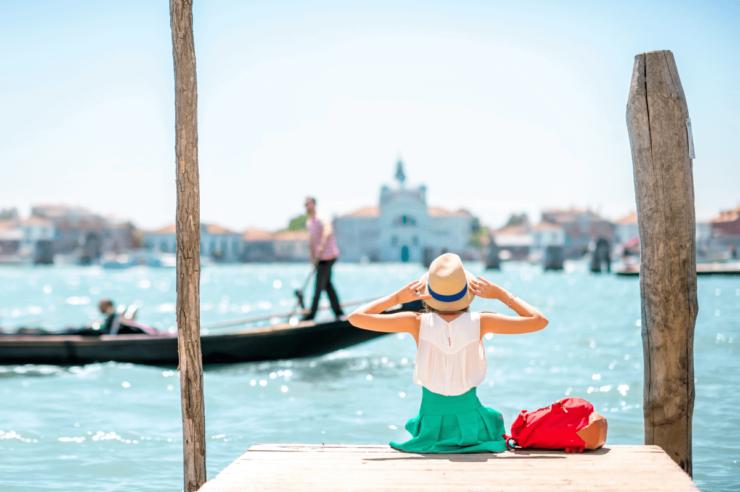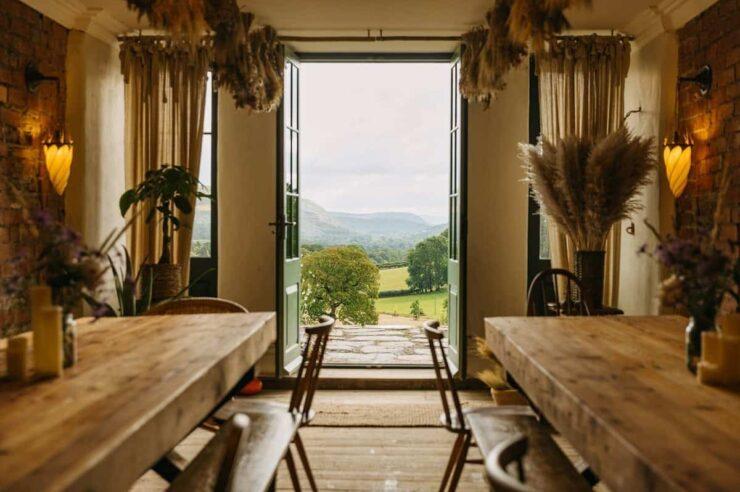In January, a new cruise tax came into effect in Greenland following a campaign by residents and the country’s tourism sector
“It’s a problem. For the whales, the hunters, the locals,” says Maya Sialuk Jacobsen. The Greenlandic tattoo artist is talking about cruise tourism, and with good reason: the number of people coming to Greenland by cruise has almost doubled since 2016.
That year, 24,244 passengers visited the world’s largest island, while in 2022, 43,999 visitors arrived. “Regular tourism is also good for us,” concedes Sialuk Jacobsen, a well-connected Inuit activist who works to uphold Indigenous rights. “We need to be part of the global community.”
In January this year, a new cruise tax came into effect in Greenland after a collaborative campaign between citizens, tourism operators and the Greenlandic tourist board. Taxes have been raised – an extra DKK 50 (£5.73) per passenger has been added to the existing DKK 1.10 (£0.11) per gross tonne. A devolved model has been implemented: the money will stay in the regions in which it’s collected, allowing municipalities to decide how best to spend it.
“We interviewed 43 people in the cruise industry in Greenland,” explains Helene Steffersen, head of destination development at Visit Greenland, which is based in the capital, Nuuk. “The results were polarised. Some operators wanted only [small] expedition cruises as they felt they were the only ones suitable, but others wanted big, conventional cruise ships, because they make more money from them. The only thing they all agreed on was that we needed to look at our tax system.”
In 2022, Greenland made DKK 7.5 million (£858,015) in cruise tax. That might sound like a lot, but when Visit Greenland conducted a benchmark analysis of other cruise destinations including Norway and Svalbard, Iceland, Northern Canada and Alaska, they found Greenland to be the third-cheapest country on the list. Modelling a new tax framework, researchers found large ships could generate around 2.5 times more income if they paid a passenger tax as well as charges based on weight.
Many felt positively towards cruise tourism, with one business saying they earned around DKK 1 million (£114,353) in one season, and others saying they enjoyed interacting with visitors. But some tourism workers from in the more northerly towns of Ilulissat and Sisimiut, and Qaqortoq in the south, said their towns didn’t have the harbour infrastructure, or enough public facilities, such as toilets and bins, to support the number of passengers that disembark from large ships. Site managers of Greenland’s Unesco World Heritage sites also said they didn’t make any money from cruise tourism.
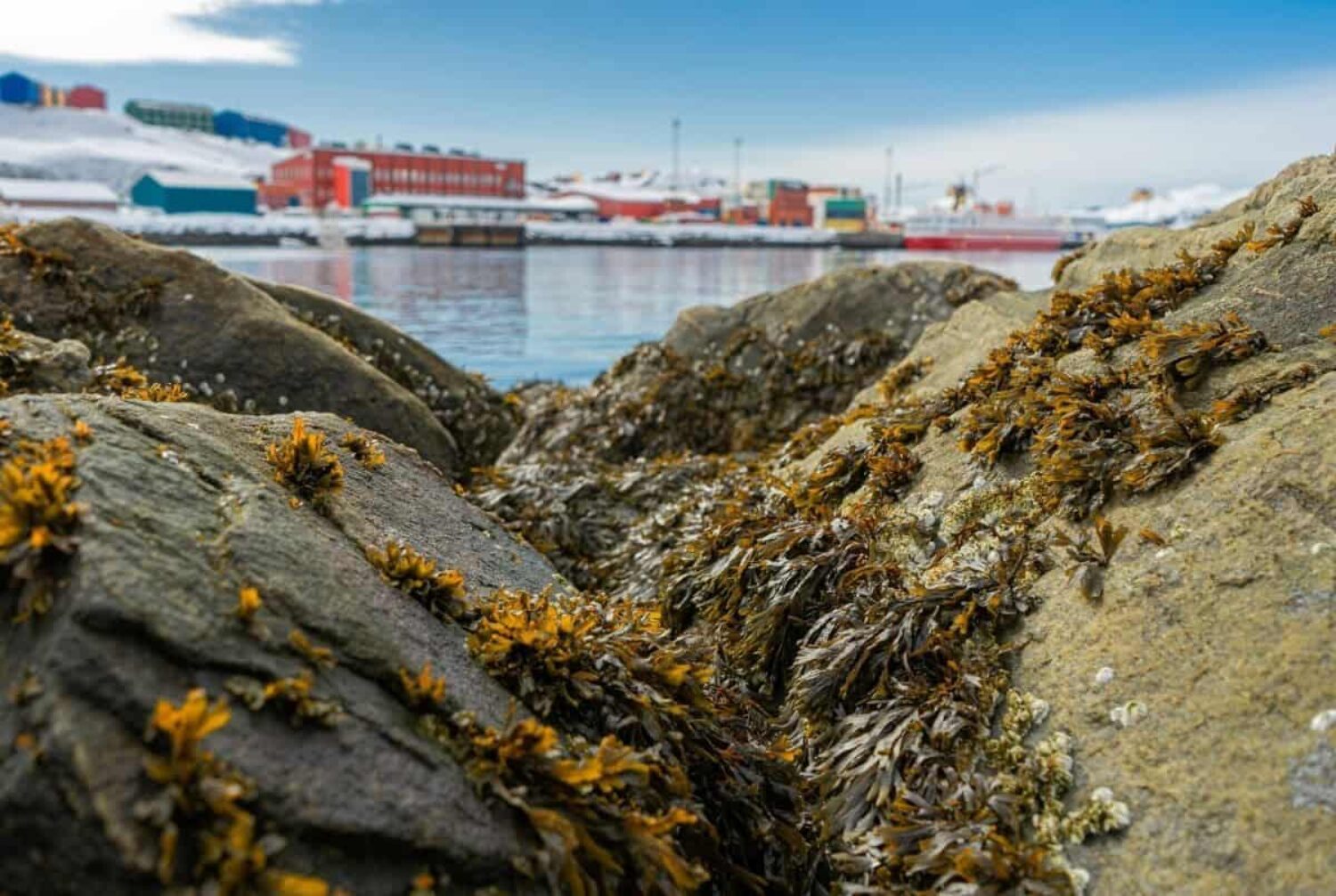
Sisimiut, in Greenland, a town that lacks the infrastructure – many say – to support the number of passengers that disembark from large ships. Image: Piitannguaq Egede
The new tax includes a payment for natural landings – cruises that dock in remote, sparsely inhabited areas – and a charge for ‘environmental disruption’. Some of the extra money made will go directly towards improving harbours, and communities in popular areas are part of the process in deciding how best to use the tax. In South Greenland, destination manager Sarah Woodall says open forums with the local community are held to discuss ideas, and ethical – as well as financial – considerations are important.
“There are 60 tour companies in the region, and 58 are Greenlandic-owned,” she says, explaining that the other two companies are foreign-owned, and rather than employing locals, they sometimes fly workers in from elsewhere for the summer season. Woodall’s job includes working with international cruise operators on land itineraries and ensuring it’s the local guides that are employed. As well as the financial benefit, it can boost their qualifications.
“The big cruise companies have high requirements around security, safety at sea and safety in the back country,” she explains. “If the local operators don’t have the right certificate, they can access competency training [through international operators], which is great for them.” Inuit traditions are being kept alive through touristic pursuits, too – like Dogsledge Taxi in Sisimiut, a company founded by a local couple that offers sled rides, hikes, or hangouts with their pack of sled dogs.
Wildlife experts are hopeful that the tax, and resulting regulations, will protect marine life. “We have observed strong reactions from narwhals to ship noise, including cruise ships,” notes Fernando Ugarte from the Greenland Institute of Natural Resources. “It is clear that small populations of narwhals, which are already under stress because of unsustainable hunting, are at risk of extinction due to the combined effect of hunting, disturbance from marine traffic and climate change. This is especially true of East Greenland.”
As Sialuk Jacobsen says: “Tourism has to give something back”. Now, with the new tax, it can begin to do that.
Main image: Inuit houses covered in snow at the fjord of Nuuk city, Greenland. Credit: Vadim_Nefedov/iStock
Support solutions in 2024
Positive News is helping more people than ever to get a balanced and uplifting view of the world. While doom and gloom dominates other news outlets, our solutions journalism exists to support your wellbeing and empower you to make a difference towards a better future.
But our reporting has a cost and, as an independent, not-for-profit media organisation, we rely on the financial backing of our readers. If you value what we do and can afford to, please get behind our team with a regular or one-off contribution.
Give once from just £1, or join 1,400+ others who contribute an average of £3 or more per month. You’ll be directly funding the production and sharing of our stories – helping our solutions journalism to benefit many more people.
Join our community today, and together, we’ll change the news for good.
